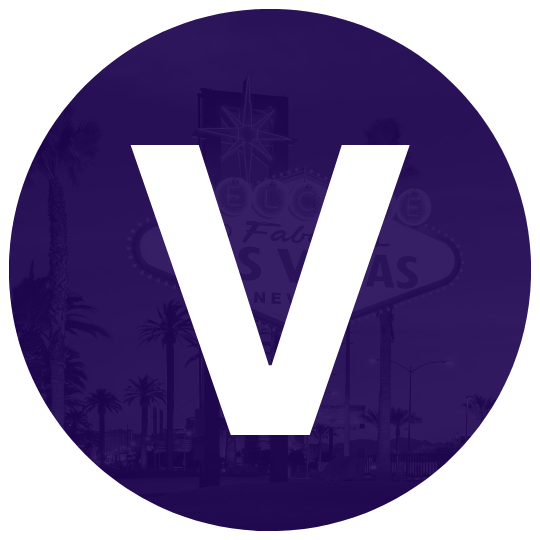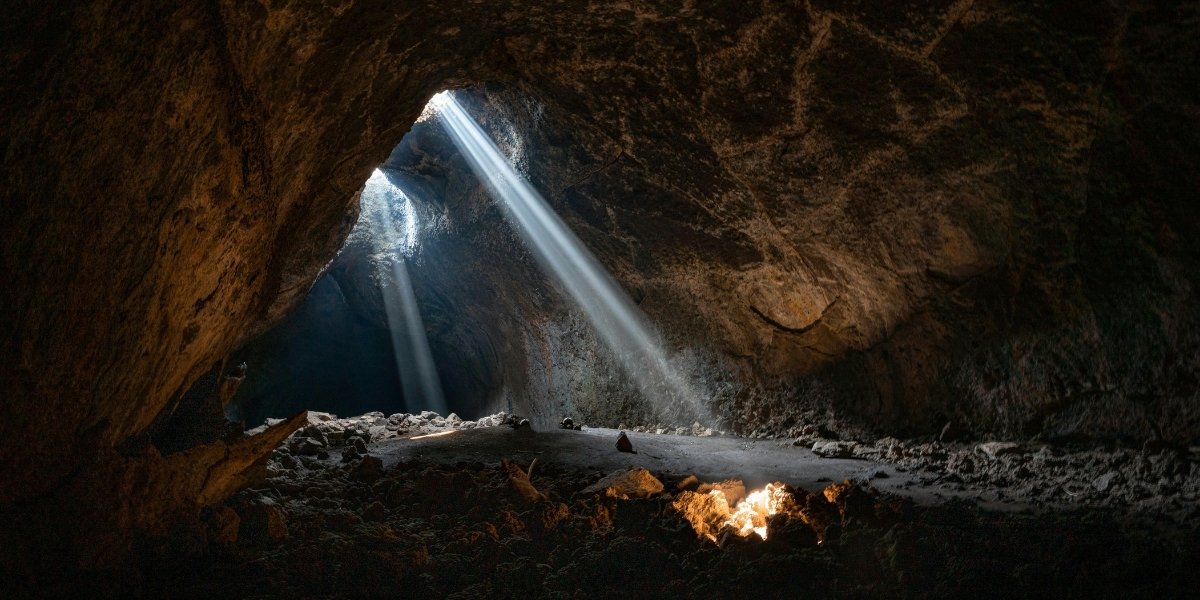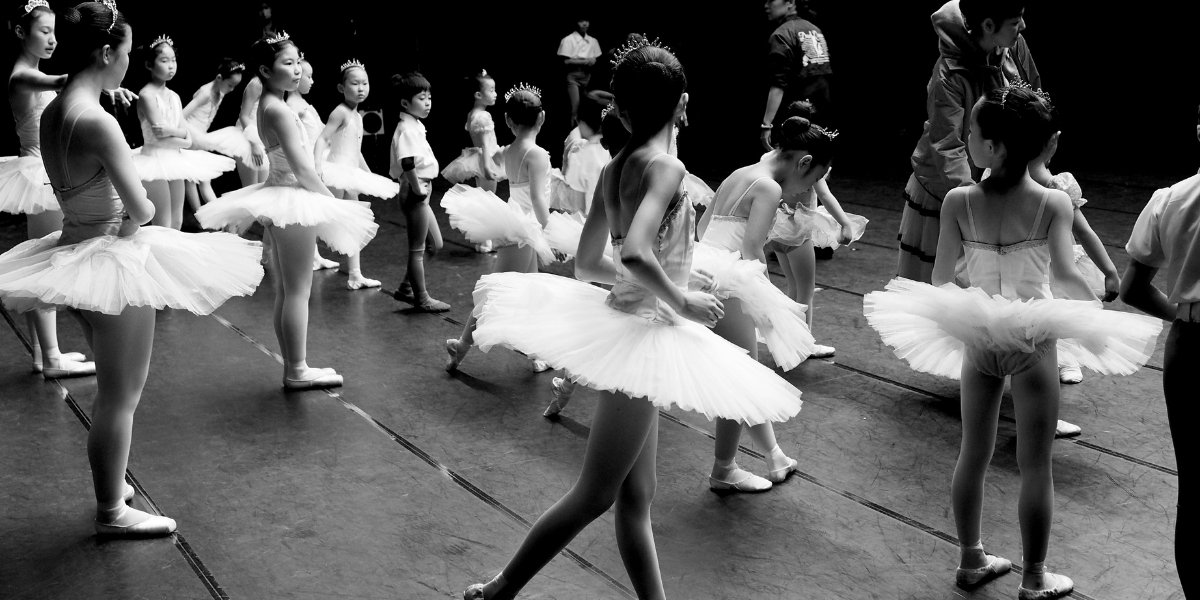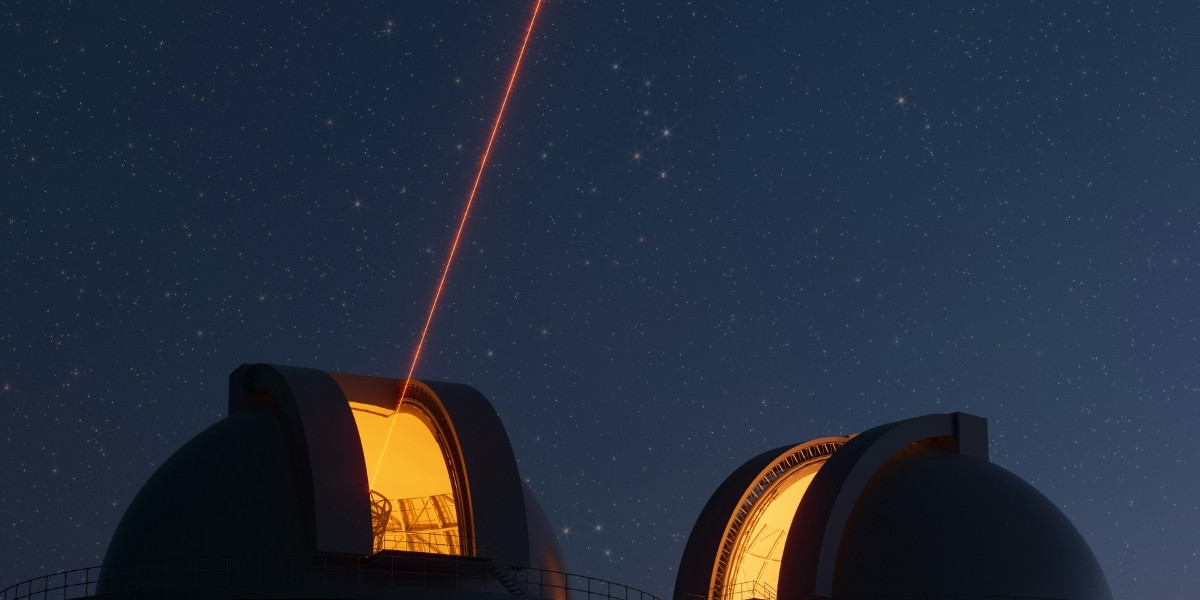The creator economy has emerged as a transformative force, redefining how individuals produce, share, and monetize content. This shift has empowered creators to build businesses around their passions, often bypassing traditional media and corporate gatekeepers. From influencers and artists to educators and entrepreneurs, a growing number of individuals are leveraging digital platforms to turn content creation into a sustainable career.
Read Also: The Influence of Celebrity Culture on Lifestyle Standards
What Is the Creator Economy?
The creator economy consists of content creators, digital platforms, and engaged communities that drive value through original content. Unlike traditional media models that rely on centralized production and distribution, the creator economy is decentralized, allowing individuals to connect directly with their audiences.
Key participants in this space include:
- Creators: Independent content producers who build personal brands around their skills and passions.
- Platforms: Social media networks, crowdfunding sites, and specialized tools that enable content distribution and monetization.
- Audiences: Dedicated communities that consume, interact with, and financially support content creators.
With over 50 million independent creators worldwide, the rise of this economy highlights the power of direct creator-to-audience engagement in today’s digital landscape.
What Platforms and Tools Support Content Creation?
A variety of platforms and tools have enabled the expansion of the creator economy, providing opportunities for content distribution, engagement, and monetization. These include:
- Social Media Platforms: YouTube, Instagram, TikTok, and Facebook allow creators to reach global audiences while offering monetization options like ads and sponsorships.
- Crowdfunding and Subscription Services: Patreon, Kickstarter, and Buy Me a Coffee enable creators to receive direct financial support from their communities.
- Digital Product Platforms: Websites and services that help creators sell online courses, e-books, templates, and software.
- Community Management Tools: Platforms like Discord and Substack help creators engage with their audience and build strong communities.
The combination of these tools allows creators to maintain independence while growing their reach and revenue.
How Do Creators Monetize Their Content?
Monetization is a crucial aspect of the creator economy, with multiple revenue streams available to content creators. Common strategies include:
- Advertising Revenue: Earnings from platform-based ad programs, such as YouTube AdSense.
- Sponsorships and Brand Collaborations: Paid partnerships with companies seeking to market products through influencers.
- Subscription-Based Models: Exclusive content offerings on platforms like Patreon and OnlyFans.
- Merchandise Sales: Selling branded apparel, accessories, and digital goods directly to fans.
- Affiliate Marketing: Earning commissions by promoting products through unique referral links.
- Fan Donations and Tipping: Receiving direct financial contributions from engaged audience members.
The key to long-term success in content monetization is diversification, ensuring creators are not solely reliant on a single platform or revenue stream.
Why Is Community Building Essential in the Creator Economy?
One of the defining elements of the creator economy is community-driven engagement. Successful creators don’t just produce content; they cultivate loyal followings that interact with and support their work.
Building an engaged community offers several advantages:
- Stronger audience loyalty: A dedicated community is more likely to support creators financially and engage with their content.
- Direct audience feedback: Creators receive real-time insights on what their audience enjoys, helping refine content strategies.
- Increased monetization potential: Engaged fans are more willing to subscribe, purchase products, or support crowdfunding efforts.
Fostering a sense of belonging through interactive content, live Q&A sessions, and audience-driven discussions enhances a creator’s influence and sustainability.
How Is the Creator Economy Disrupting Traditional Industries?
The creator economy is challenging traditional industries such as media, advertising, and entertainment by shifting power from corporations to individuals.
- Media and Journalism: Independent writers and video creators now reach audiences directly through platforms like Substack and YouTube, reducing reliance on legacy news outlets.
- Advertising and Marketing: Brands are increasingly prioritizing influencer marketing over traditional advertising, as creators offer direct access to highly engaged niche audiences.
- Entertainment: Streaming and digital content platforms have enabled independent filmmakers, musicians, and artists to monetize their work without needing major studio backing.
This disruption is reshaping how content is produced, consumed, and monetized, providing individuals with more opportunities than ever to succeed outside traditional corporate structures.
What Is the Future of the Creator Economy?
The creator economy continues to evolve, with several trends shaping its future:
- Decentralization and Web3: Blockchain-based platforms and NFTs are giving creators more control over monetization and intellectual property.
- AI and Automation: Advanced tools are helping creators streamline content production, editing, and audience engagement.
- Regulatory Changes: Governments and platforms are increasingly focusing on fair compensation, creator rights, and content moderation policies.
- Evolving Revenue Models: The rise of microtransactions, token-based memberships, and hybrid monetization models is diversifying creator income streams.
As technology advances, creators will have even more control over their content, revenue, and audience relationships, reinforcing their role as key players in the digital economy.
What Are the Challenges and Opportunities for Content Creators?
While the creator economy offers immense opportunities, it also presents challenges that content creators must navigate.
Challenges:
- Market saturation: Increased competition makes it harder for new creators to stand out.
- Algorithm dependence: Changes to social media algorithms can significantly impact visibility and earnings.
- Burnout: The pressure to produce consistent, high-quality content can lead to exhaustion.
Opportunities:
- Diverse monetization options: The ability to earn revenue through multiple streams enhances financial stability.
- Direct audience relationships: Unlike traditional media, creators have full control over how they engage with their communities.
- Innovation and new technologies: Emerging tools continue to open new possibilities for creative expression and financial success.
With the right strategies, content creators can transform challenges into opportunities, ensuring long-term growth and sustainability.
Read Also: The Impact of Movie Soundtracks on Your Cinematic Journey
The Future Belongs to Content Creators
The creator economy represents a new era of digital entrepreneurship, where individuals can turn their creativity into thriving businesses. By leveraging the right platforms, monetization strategies, and audience engagement tactics, creators have the potential to build sustainable careers while reshaping industries.
As this landscape continues to evolve, those who embrace innovation, authenticity, and adaptability will lead the way, proving that content creation is not just a hobby—it’s a powerful economic force driving the future of work and entertainment.
